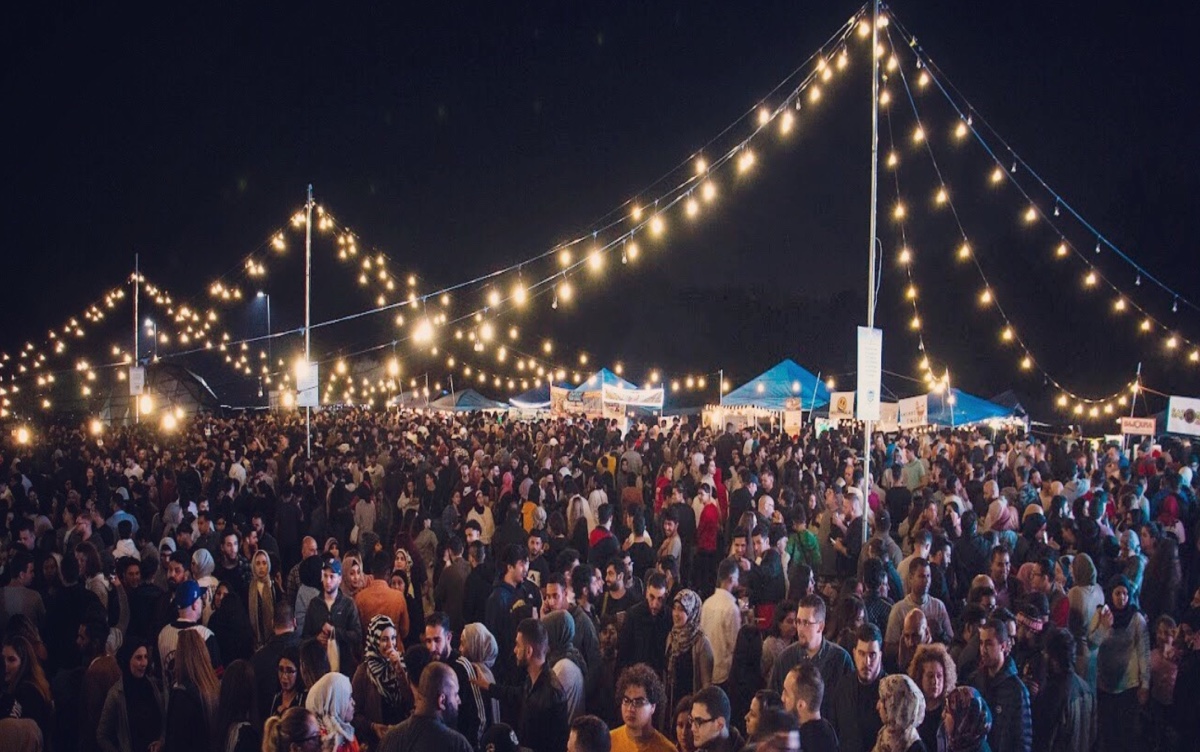Rise and Fall of Islamic Scholarship
By Syed Aslam
On the request of Dr. Nakadar, I wrote articles for The Muslim Observer on Muslim scientists and thinkers of Islamic Golden Ages. I found many, from which I selected thirty of them who had done original work in the fields of science and philosophy. My articles were well received by the readers. The same readers are now requesting articles on modern Muslim scientists and thinkers. It is very sad to say that there are only a few Muslim scientists and thinkers who can qualify for my article. None the less I have selected some fifteen of them who’s achievements can be highlighted.
In modern times winning the Nobel prize can be considered a barometer to judge achievement of nations in science and humanity. Muslim constitute 22 % of the world population but have won only four out of 620 Nobel prizes given thus far. Jews are only 0.2% of the world population yet they have earned about 155 Nobel prizes which is 22% of the total prizes awarded. So before I write about modern Muslim scientists I would like to discuss the rise and fall of Islamic scholarship which will explain why Muslims ushered in the Golden Ages when Europe was in Dark Ages, have now fallen so far behind. I plan to write four articles on Rise and Fall of Islamic Scholarship.
The Catholic Church in its relentless effort to maintain absolute power over the destiny of common man of Europe controlled even the secular knowledge. Education and learning became the domain of clergy and the Church tightly controlled every aspect of the society. In 479 CE, when the Catholic Church became the sole authority after the fall of Western Roman Empire, the office of Papacy instituted the most oppressive and irrational system the human civilization had ever seen. As a result of this, the Christian world hardly produced any philosophers, thinkers or scientists for more than a thousand years and plunged Europe into the Dark Ages.
While Europe was plunged into Dark Ages of religious intolerance and narrow-mindedness, the Islamic civilization was flourishing and acted as a beacon of light for the human civilization. From the coming of Islam until after the passing of Prophet Muhammad (s) in 632 CE Islam spread throughout the Middle East and elsewhere like a wild fire and in a matter of fifty years it stretched from Morocco to the border of China. You simply cannot convert such a vast population by means of sword rather than by the noble principles such as justice, tolerance and freedom of speech. Though we had some despotic rulers, but by and large they followed the path showed by Prophet Muhammad (s) and embarked upon a Golden Age of the human civilization which lasted for eight centuries. The Muslim cities of Baghdad, Cairo, Bukhara and the Spanish city of Cordoba under Muslim rule became centers of learning and higher education in the field of philosophy, science and medicine. The Islamic civilization produced brilliant scientists, astronomers, physicians and thinkers. The Muslim rule of Spain brought the age of enlightenment and learning to that country too. Though Cordoba never surpassed Baghdad, nevertheless it achieved second-to-none prominence in its own right. The Muslim rulers of Spain brought the fruit of knowledge and technology from the Islamic civilization to cities like Cordoba, Toledo and Seville. The flow of knowledge in science and humanities came to European Christendom through Spain like flood. Thousands of books were translated from Arabic to Latin which provided the foundation for the European Renaissance. Muslim rulers established institutions of learning in Spain which became the models on which Oxford and Cambridge were based..
13-7












2011
813 views
views
0
comments